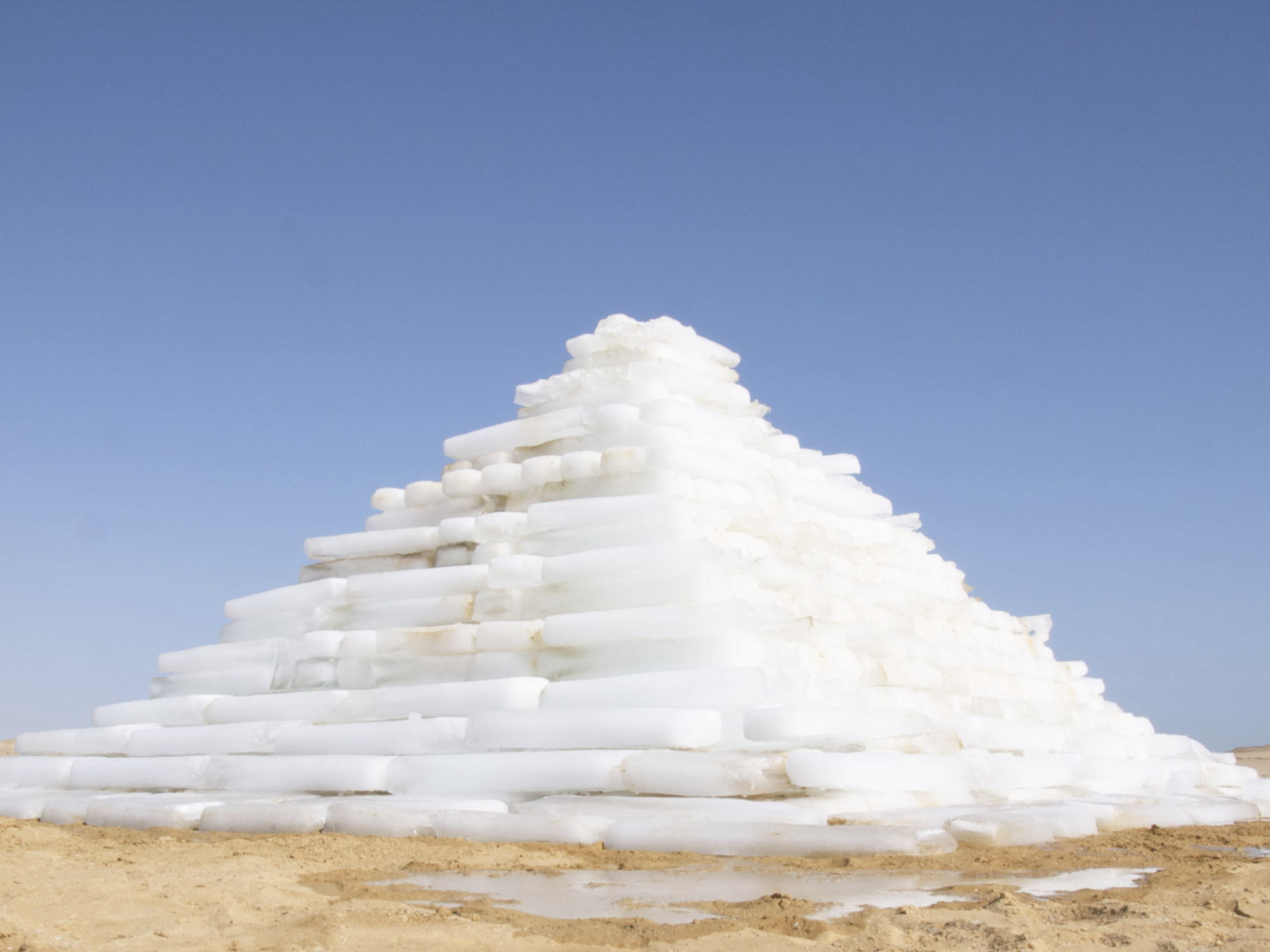According to recently deceased Egyptologist Jan Assmann, bringing the image of the eternal into the world of change was the motif of the most powerful building impulse in human history. Out of the original 800 pyramids, 120 are still standing in the Egypt of today—a testimony to the timelessness of these stones.
The Egyptians had a measure of “eternal time” they called Djet. The cults and rites of the pharaoh served to repeatedly reconfirm this heavenly time for human beings on Earth. Three thousand years elapsed from the first legendary King of Egypt, known as Narmer (or Menes), down to Cleopatra, who ruled just before the turn of time. No other kingdom existed for such a period of time, and thus, no other had the opportunity to play in such a way with the concept of eternity.
The Greek poet Antipater, in one of the oldest travel guides in history, listed seven wonders of the world. Out of these “seven spectacles of the inhabited world,” only the pyramids of Giza have survived the test of time. And they will probably stand another thousand years. They were already ancient to the Greeks, and Napoleon called out to his soldiers, “Forty centuries look down upon you!”
In 2009, artist Joachim Eckl, with forty helpers, used 25,000 liters [6600 gallons] of water from the Nile to build a new pyramid, made of ice. White and built-up of cuboids, like its ancient predecessors, the cool sculpture stood in the desert—and very soon disappeared again. While the ancient models celebrated eternity, Eckl’s pyramid was an image of the moment, of the unique and irretrievable present. Plato wrote that time is the image of eternity. Eckl’s ice pyramid—fleeting as it is—was indeed an image of an eternal geometric principle. And thus, the eternal appears in the moment.
Translation Joshua Kelberman
Ice pyramid in the Egyptian desert / Ice sculpture no. 1, Faiyum/Egypt, March 3, 2009. A project by Joachim Eckl. heim.art ®





